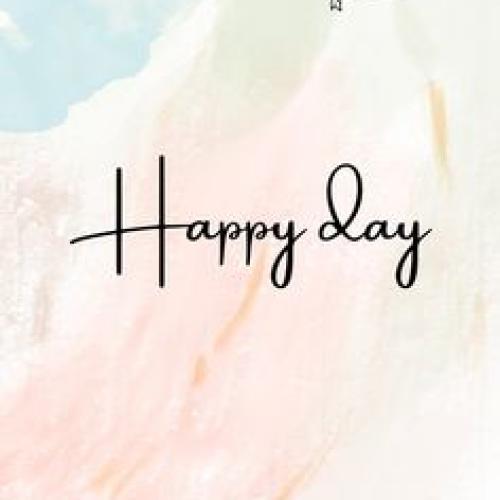Artificial Intelligence (AI), once confined to the realms of computation and automation, has transcended its traditional boundaries to redefine the landscape of art and creativity. AI-generated artworks, a product of algorithms and data, are challenging the conventional notions of what constitutes art and how it is created. From paintings and music compositions to sculptures and poetry, AI is leaving an indelible mark on the artistic world.
The Rise of AI in Art
AI's foray into art began with algorithms trained to recognize patterns and generate new content based on vast datasets. These algorithms, often powered by machine learning techniques like deep learning, can analyze existing artworks, learn stylistic elements, and produce original pieces that mimic or innovate upon established artistic traditions.
For example, AI-generated paintings can blend the styles of different artists, creating hybrid artworks that blur the boundaries between impressionism, cubism, and surrealism. Similarly, AI-generated music can compose melodies that evoke emotions akin to classical compositions or experiment with avant-garde sounds.

Creativity Redefined
Critics and enthusiasts alike debate the role of AI in creativity. While traditionalists argue that creativity requires human intuition, emotion, and experience, proponents of AI-generated art point to its ability to explore novel concepts and push artistic boundaries beyond what humans alone can achieve.
AI doesn't replace human artists but collaborates with them, offering tools and inspiration to explore new artistic territories. Artists can use AI algorithms as assistants, generating ideas or experimenting with styles that they might not have considered otherwise.
Ethical and Philosophical Implications
The emergence of AI-generated artworks raises profound questions about authorship, ownership, and the nature of creativity itself. Who owns the rights to an AI-generated painting—its creator, the programmer who wrote the algorithm, or the dataset that trained it? These questions challenge traditional legal frameworks and necessitate new approaches to intellectual property rights in the digital age.
Furthermore, AI's ability to replicate human creativity prompts philosophical inquiries into what it means to be creative. Can AI truly create art, or is it merely mimicking patterns learned from human creators? As AI continues to evolve, these debates will likely shape the future of art and technology.
Accessibility and Democratization
One of the most promising aspects of AI-generated art is its potential to democratize creativity. AI tools and platforms allow aspiring artists from diverse backgrounds to experiment with art-making without requiring extensive training or resources. Whether through AI-powered drawing assistants, interactive installations, or virtual reality experiences, technology is making art more accessible and inclusive.
Conclusion
In conclusion, AI-generated artworks represent a fascinating intersection of technology and creativity. As AI continues to advance, its impact on the art world will only deepen, challenging established norms and fostering new forms of expression. Whether viewed with skepticism or embraced as a catalyst for innovation, AI-generated art invites us to reconsider the boundaries of human imagination and the evolving role of technology in shaping cultural landscapes. As we explore this exciting frontier, one thing remains certain: AI is transforming art, offering new avenues for exploration and pushing the boundaries of what it means to create.








